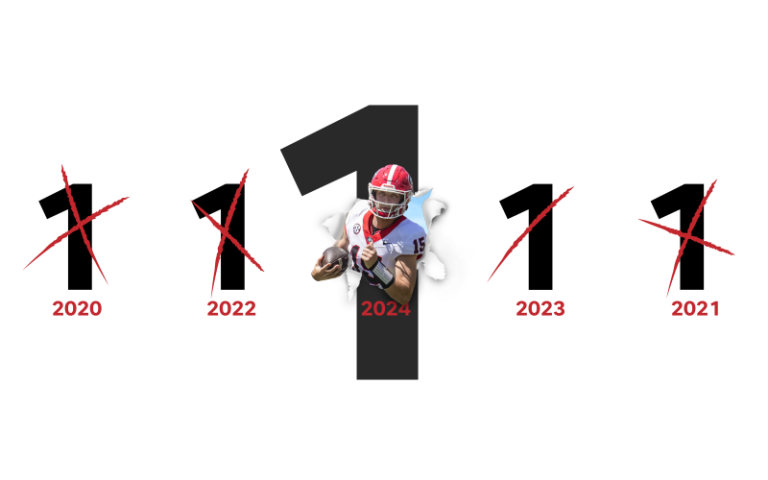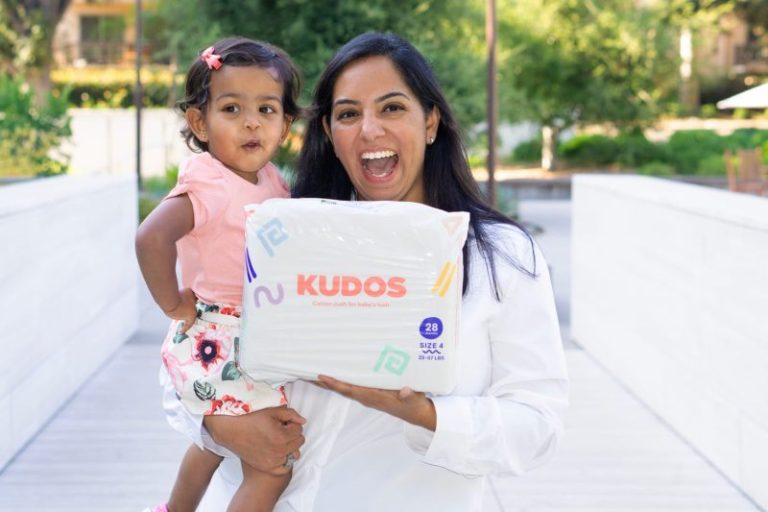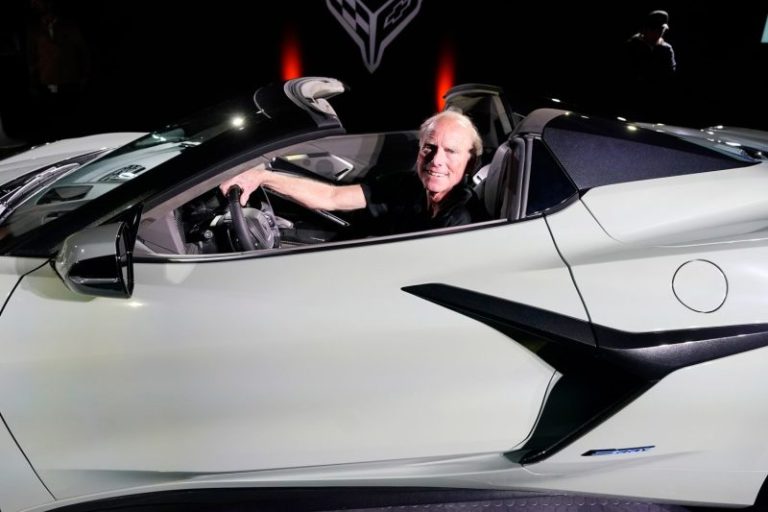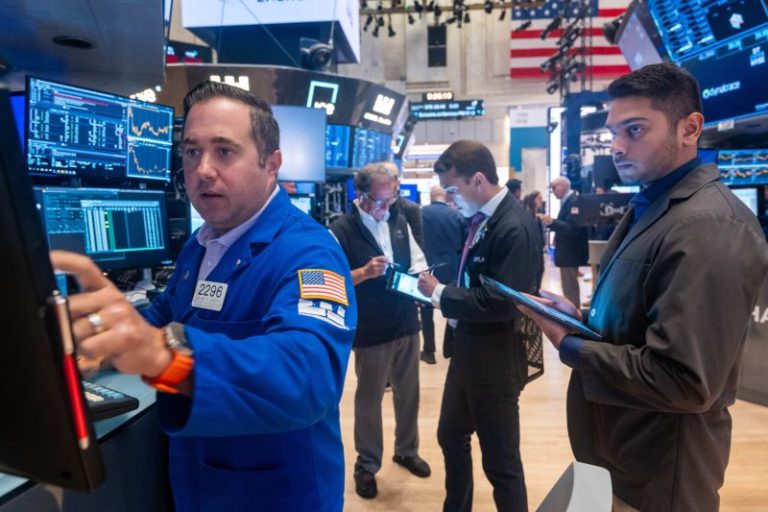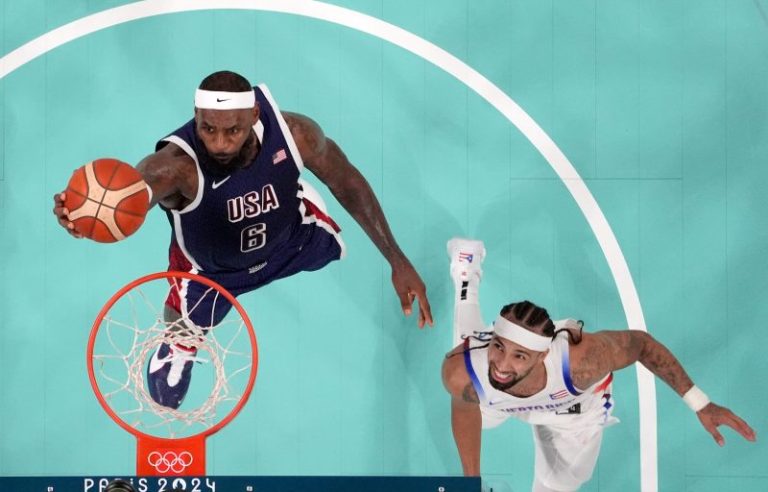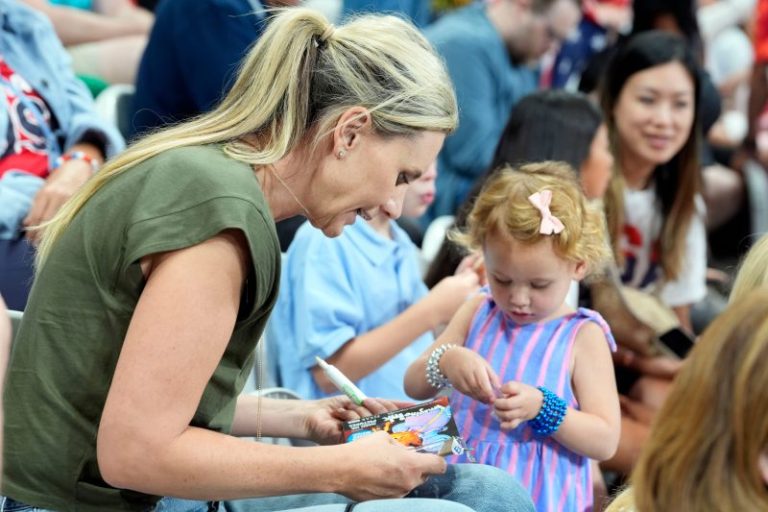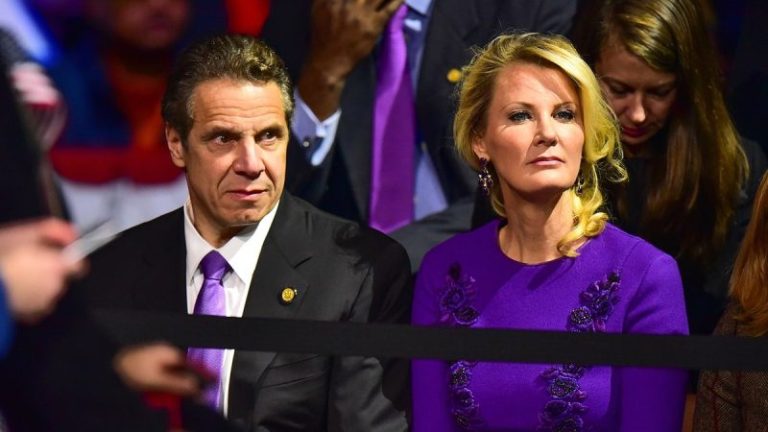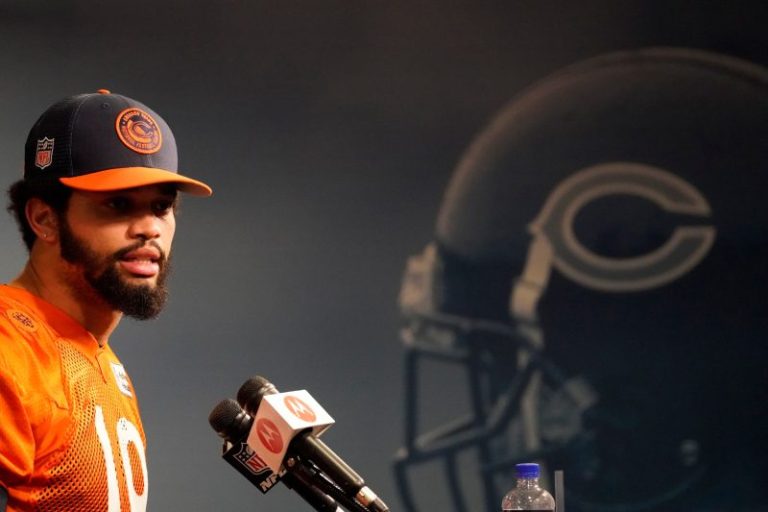Throughout modern history, parents have only had one real option when it comes to disposable diapers: plastic.
The single-use products are typically made with fossil fuels like petroleum and can take hundreds of years to break down, making them the third-largest consumer item in U.S. landfills, according to the Environmental Protection Agency.
Plus, they’re not as breathable as other materials, which could make incidents like diaper rashes more common.
Hatchmark Studio via Kudos
Still, plastic diapers from mega brands like Procter & Gamble-owned Pampers and Kimberly-Clark-owned Huggies continue to dominate the market. Amrita Saigal, founder and CEO of Kudos, is looking to change that.
The Massachusetts Institute of Technology graduate, mechanical engineer and “Shark Tank” alum developed a sustainable diaper that uses some plastic, but is 100% lined with cotton and incorporates other degradable materials like sugarcane and trees, she tells CNBC.
Later this month, it’ll be the first diaper of its kind to land in retail stores when it launches in approximately 375 Target locations nationwide.
″I am so excited to partner with Target to make history as the first 100% cotton-lined disposable diaper to hit retail shelves,” Saigal said in an interview with CNBC. “It’s just a really big deal for us, especially because Target does not carry many brands.”
In the three years since its launch, Kudos has raised more than $6 million in funding. It closed a $3 million round last month with investments from Precursor Ventures, Xfund and Oversubscribed Ventures.
In the last 12 months, it’s sold more than 20 million diapers and grown sales by more than 100%.
Saigal says she’s long been fascinated by consumer packaged goods and has spent her career figuring out ways to redesign everyday products, like sanitary pads and diapers, in her bid to disrupt an industry long dominated by corporate superpowers.
Her goal? Reduce the globe’s reliance on fossil fuels by building out new supply chains and developing sustainable products that are just as effective — if not better — than competitors.
“I’m not launching a product that is not at par or better than Pampers,” said Saigal.
“Are there eco-friendly alternatives? Yes, but they don’t perform and when it comes to a diaper, we cannot have something that doesn’t perform. You have one blowout, one leak, your parents are already sleep-deprived. They need things that work. They’re not willing to compromise performance for eco-friendly.”
Kudos diapers founder Amrita Saigal with her daughter, Avni.Karthish Manthiram via Kudos
After three years of research and development, Saigal developed a diaper that can absorb far more fluid than competitors like Pampers Pure Protection, Huggies Special Delivery and Honest diapers, according to independent testing conducted by Diaper Testing International.
Pampers didn’t return a request for comment. In a statement, an Honest spokesperson said: “We conduct a wide variety of tests to ensure our products meet our rigorous safety and performance standards. Our philosophy on diaper performance is that in-use testing, which also evaluates comfort, fit and leak protection, is the most accurate indicator of how effective a diaper is at keeping baby comfortable and dry.”
A spokesperson for Kimberly-Clark, which owns Huggies, told CNBC it could not comment because it had not seen the study conducted by Diaper Testing International.
Saigal also developed a proprietary “DoubleDry” technology that brings two layers to the diaper instead of one, which allows it to wick away moisture.
“If you were just to take out the plastic and replace it with cotton, your diaper would fail miserably, because what would happen is your baby would pee and all the urine would just pool, and then your baby’s butt would be wet,” said Saigal. “How do you quickly wick away that urine and poop and then pull it through the layers of the diaper and then evenly disperse it so your baby’s bottom feels dry. So that’s really what our innovation is.”
Kudos is far smaller than its mightier competitors, but Saigal said its size has made the business uniquely positioned to build out new cotton supply chains and help suppliers grow alongside the company.
“For a company like P&G to do this, you’re talking … hundreds of millions of dollars in order to reconfigure their equipment to be able to do it … it’s really hard with their existing supply chains to be able to allow natural materials to actually work in their current process,” said Saigal, who worked for P&G as a design and manufacturing engineer after graduating from MIT.
Even sourcing natural materials for use instead of plastics would be challenging for larger companies because of their scale, Saigal said. Suppliers like cotton farmers tend to have buyers and partners locked in before they grow the requested materials, and since there isn’t yet mass demand for cotton from diaper makers, those supply chains don’t really exist yet at scale, she said.
As more and more smaller brands work with natural material suppliers to develop new supply chains, Saigal hopes that big brands will adopt natural materials over plastic more widely, which could reduce the price of those materials and in turn, make plastics more expensive.
“When do you really get mass adoption of natural materials? The reality is, when natural materials become cheaper than plastic,” she said.
Kudos faces a daunting landscape of scale.
Buzzy brands that start out by selling directly to consumers and then make their way into retail can face difficulties because of the high cost of inventory and onerous payment terms that come with it.
Hello Bello, a hypoallergenic, sustainable diaper brand founded by celebrity couple Kristen Bell and Dax Shepard, filed for bankruptcy in October as it struggled to develop its supply chain after it began selling in retailers like Walmart.
Over the last few years, a number of other consumer product companies and direct-to-consumer brands have faced similar fates after coming up in a funding environment that prioritized growth over profitability.
“In the heyday of DTC, it was like, ‘Don’t worry about the unit economics now, right?’ Like, just top-line growth, top-line growth, top-line growth, and then once you’re at $100 million, $200 million in revenue, then let’s figure out how to make this profitable,” said Saigal, who founded her company in 2021 and secured funding from “Shark Tank” host Mark Cuban and guest Shark Gwyneth Paltrow in 2023.
“I don’t think that model works anymore,” she continued. “It’s like grow slower, but have the unit economics work from day one. I think the brands that are going to be successful now have to have a very, very tight lock on their numbers and their unit economics from the beginning.”
In the year ahead, Saigal’s No. 1 priority for her business is to reach profitability and to get there, she’s keeping her team lean and being strategic with the capital she’s using to pay for inventory ahead of her launch into Target. She’s also had to toe a fine line when it comes to pricing. Her products are more expensive to make than her competitors’, but if the price is too high, she risks alienating potential buyers.
Currently, parents can buy Kudos for between 41 cents and 70 cents per diaper, depending on the size. That compares with a box of Pampers Pure Protection, which runs between 34 cents and 75 cents per diaper, according to a listing on Target.com.
“We are a little bit more expensive just because our raw materials are more expensive, but I’ve tried to keep it as minimal as possible,” said Saigal. “I care so much about being premium, but accessible. That is like exactly what I want to do, so that we are accessible to as many people, and cleaner materials are not out of reach.”
Disclosure: CNBC owns the exclusive off-network cable rights to “Shark Tank,” which features Mark Cuban as a panelist.
This post appeared first on NBC NEWS

